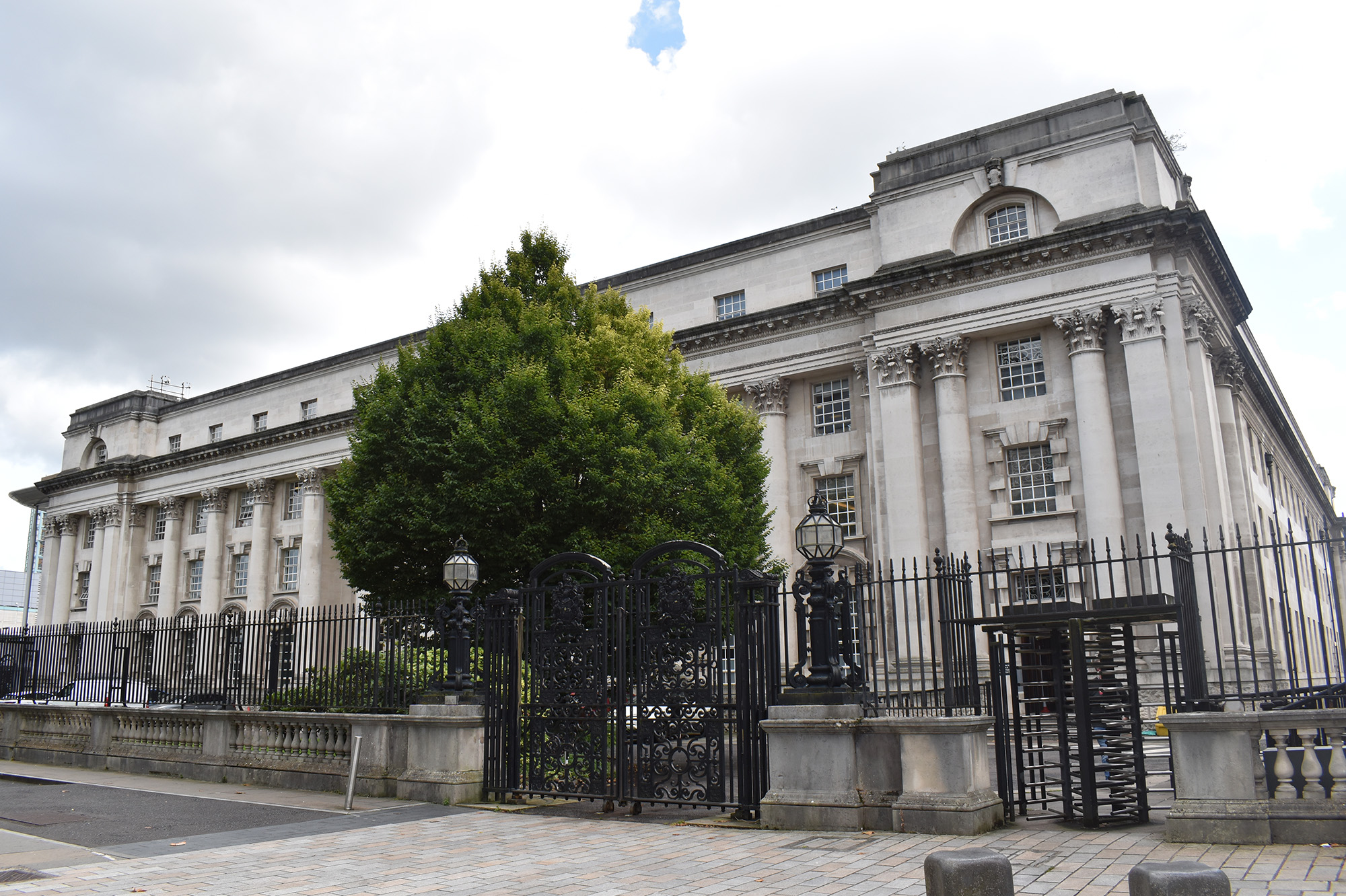NI Court of Appeal: Applicant’s domestic violence convictions relevant to the death of three-year-old boy

Pictured: The Royal Courts of Justice in Belfast
Northern Ireland’s Court of Appeal has dismissed 10 grounds of appeal following the manslaughter of a three-year-old boy.

About this case:
- Citation:[2022] NICA 48
- Judgment:
- Court:NI Court of Appeal
- Judge:Sir Paul Maguire
The court rejected arguments that photos of the crime scene prejudiced the applicant, and noted that the applicant’s past convictions for domestic violence were relevant, as the death of the child occurred in a domestic setting.
Background
Liam Whoriskey sought leave to appeal against his conviction and sentence. In 2019 he was convicted of manslaughter for the death of Kayden McGuinness, a three-year-old child. He was also convicted of an offence of cruelty to Kayden.
He was sentenced to 13 years and two years respectively. The jury took two hours of deliberation, following a trial which lasted three-and-a-half weeks.
Erin McLaughlin, Kayden’s mother, lived with her two children in Derry. Their flat was in disrepair, and Kayden’s bedroom door had a broken lock, which was opened using a knife.
Kayden suffered from disabilities and was being assessed for autism. The applicant was not Kayden’s father, but had begun a relationship with Erin in February 2017. A week before the death, Erin and the applicant had decided to get engaged.
Shortly before the death, the applicant had been babysitting Kayden. He claimed that the child dropped a toy car on his own face and that it left a mark. When Erin saw Kayden the next morning, she noted that he had a swollen nose and two black eyes.
On another incident, when the applicant had brought Kayden to a nearby shopping centre, he was seen lifting Kayden by the hood off the floor, an action which the witness described as “sick”. The witness said: “You wouldn’t lift an animal like that never mind a child.”
On the night of Kayden’s death, Erin went to her father’s house, and the applicant babysat the child. He checked on him at around 7pm, and then watched some television and drank beers for the rest of the night.
The next morning, the applicant woke up on the couch, where he had urinated on himself. He claimed that he then checked on Kayden, whose body was cold, lying on the bed, with foam coming from his mouth and significant bruising on the right side of his face.
Medical evidence claimed that this death had involved blunt force trauma and non-accidental injury. Dr Ingram claimed it was likely that these injuries had occurred on the night before his death, and not prior to that.
The grounds of appeal
The applicant sought to appeal his conviction and sentence on 10 separate grounds. The first three grounds related to a photograph album of the crime scene, which was exhibited to the jury and contained photos of the dead child.
He claimed that these photos served no purpose other than to excite prejudice against the applicant, that they were not “best evidence”, and that their prejudicial effect outweighed any suggested probative value.
Ground four related to the prosecution’s reliance on his own bad character evidence, as two of the applicant’s previous convictions had been discussed to indicate that the applicant had a propensity for violence.
The other grounds related to issues such as jury direction and his sentence being too harsh.
Consideration
The court first considered the grounds relating to the photo album. The album consisted of 41 photographs taken by a police photographer, which showed Kayden in his bed, partially covered by a blanket.
The court accepted that the extent of his injuries was undoubtedly “eye catching and these photographs are, to a degree, shocking at first sight”.
In relation to possible prejudice against the applicant, it was asserted that there were other formats available that could have shown similar evidence, such as a 3D body map, and expert evidence.
Adopting these approaches, he argued, would have removed the need to cause distress to members of the jury while facilitating a discussion of the cause of death. No additional benefit, it was argued, flowed from the photographs of the deceased’s injuries.
The trial judge considered this issue, and ultimately decided that these photographs should go before the jury, as the jury was entitled to “know everything” about the case, and to have sight of the injuries which the photographs captured.
The court found that in doing so, the trial judge did not act outside the boundaries of his discretion. Further, the court was of the opinion that “each of us would not have excluded the photographs from being seen by the jury”.
This was because it was unavoidable that the jury should be able to see for themselves the child’s condition immediately after his death was discovered.
This was ultimately the best evidence available, as it “could bring home the reality of what had occurred and, in this case, that was to be found in these photographs”.
Next, the court considered the issue of the admission of the applicant’s bad character evidence. This came in the form of two previous convictions for assault, which included assault of the applicant’s former partner, Toni Connor.
The applicant argued that these crimes involved adult victims, and therefore should not have been relied upon to indicate evidence of his potential propensity for violence towards a child.
Here, again, the court found that the trial judge had acted well within his authority when he permitted this evidence.
There was, in the court’s opinion, more than sufficient evidence to raise serious concern that the applicant was (and is) a person who could rise to acts of violence, including domestic violence.
The applicant’s ground of appeal overlooked the fact that this death occurred in a domestic setting, and on the evidence available involved all of those who populated that setting, including children.
Domestic violence, the court noted, hurts adult partners and children alike, and therefore the decision to include the convictions relating to the applicant’s previous partner was not flawed.
Conclusion
Ultimately, the court found that there was no merit in any of the grounds of appeal. The court found that the convictions of the applicant were safe, and refused leave to appeal in these circumstances.











